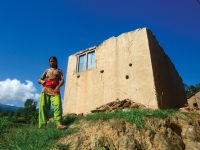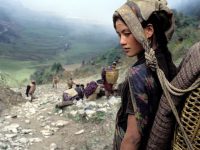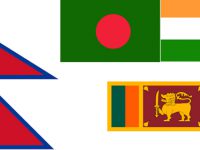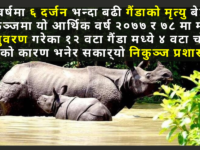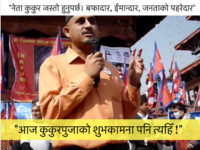Reported COVID-19 case rates in India and Nepal are now almost the same ~280 cases per 1M population.
Imagine the devastation, if and when, the rates reach the peak the United States had during its Winter Surge (~750 cases per 1M population).
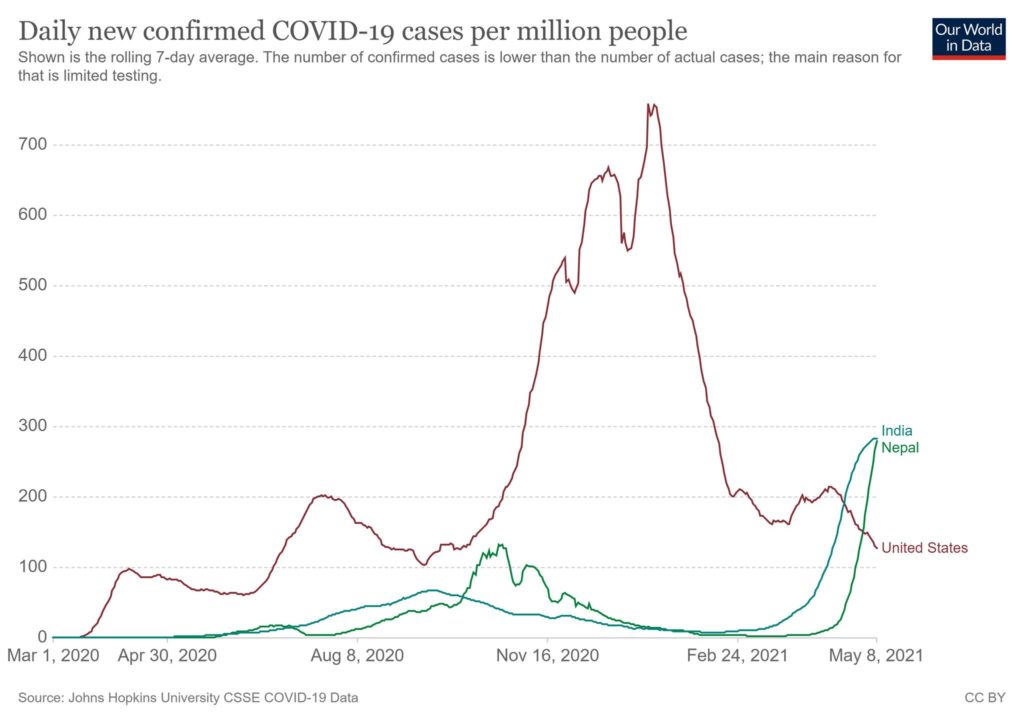
Read:Second Wave of COVID-19 Outbreak in Nepal—Following India’s Grim Trajectory
It is possible that the COVID-19 case rates in India and Nepal are already at the level of US Winter Peak. It is just that the cases are not being identified and counted due to limited testing in India and Nepal.
To deal with the second wave of the pandemic Nepal needs to act in three fronts:
- To stem the tide of new infections and deaths, Nepalis need to seriously adopt the non-pharmaceutical public health measures—masking, social distancing, limiting gatherings and hand hygiene– immediately.
- Right now, the country needs help with caring for those severely ill with COVID-19. Even during the best of times, the healthcare system in Nepal is not capable of dealing with many severe cases of illnesses. Most “hospitals” in Nepal are neither adequately equipped nor staffed to deal with severe COVID-19 cases. Healthcare facilities are being overwhelmed with increasing flow of COVID-19 patents. A hallmark of a severe COVID-19 is pneumonia (lung infection), which affects a person ability breathe and get adequate oxygen–vital for survival. COVID-19 patients in Nepal are now starting to die due to lack of access to oxygen and other supportive therapies. These patients would not die in a developed country like the United States with a robust healthcare system. In addition, healthcare providers and emergency workers are working in dangerous conditions without adequate personal protective equipment, which is putting their lives in dangers. These providers need to be protected as well.
- Ultimately, vaccination is the way to come out of this pandemic. Nepal has a long way to go before a significant proportion of its 30 million people are vaccinated. The country needs to focus on accessing more vaccines.
The COVID-19 crisis in Nepal is just beginning and it unfortunately will likely cause tremendous disease and death, especially without support from the world community. The country is ill-prepared to equipped to deal with catastrophe in making. It is up to people of goodwill from around the world to come to the aid of people of Nepal—the patients and healthcare providers—in their hour of need.
Madhav P. Bhatta is a Professor of Epidemiology and Global Health at Kent State University College of Public Health. He received his Bachelor’s degree from the University of Pennsylvania and Masters of Public Health (Epidemiology and International Health) and PhD (Epidemiology) from the University of Alabama at Birmingham. He was born and raised in Nepal.
https://www.facebook.com/madhav.bhatta.90
https://www.linkedin.com/in/madhav-bhatta-093b3314/
As of this writing, according to Ministry of Health & Population, 9127 new cases have been reported in the last 24 hours with 4007 recovery, and 139 deaths. Total number of cases has reached to 403,794 with 306,794 recovery and 3859 deaths.




